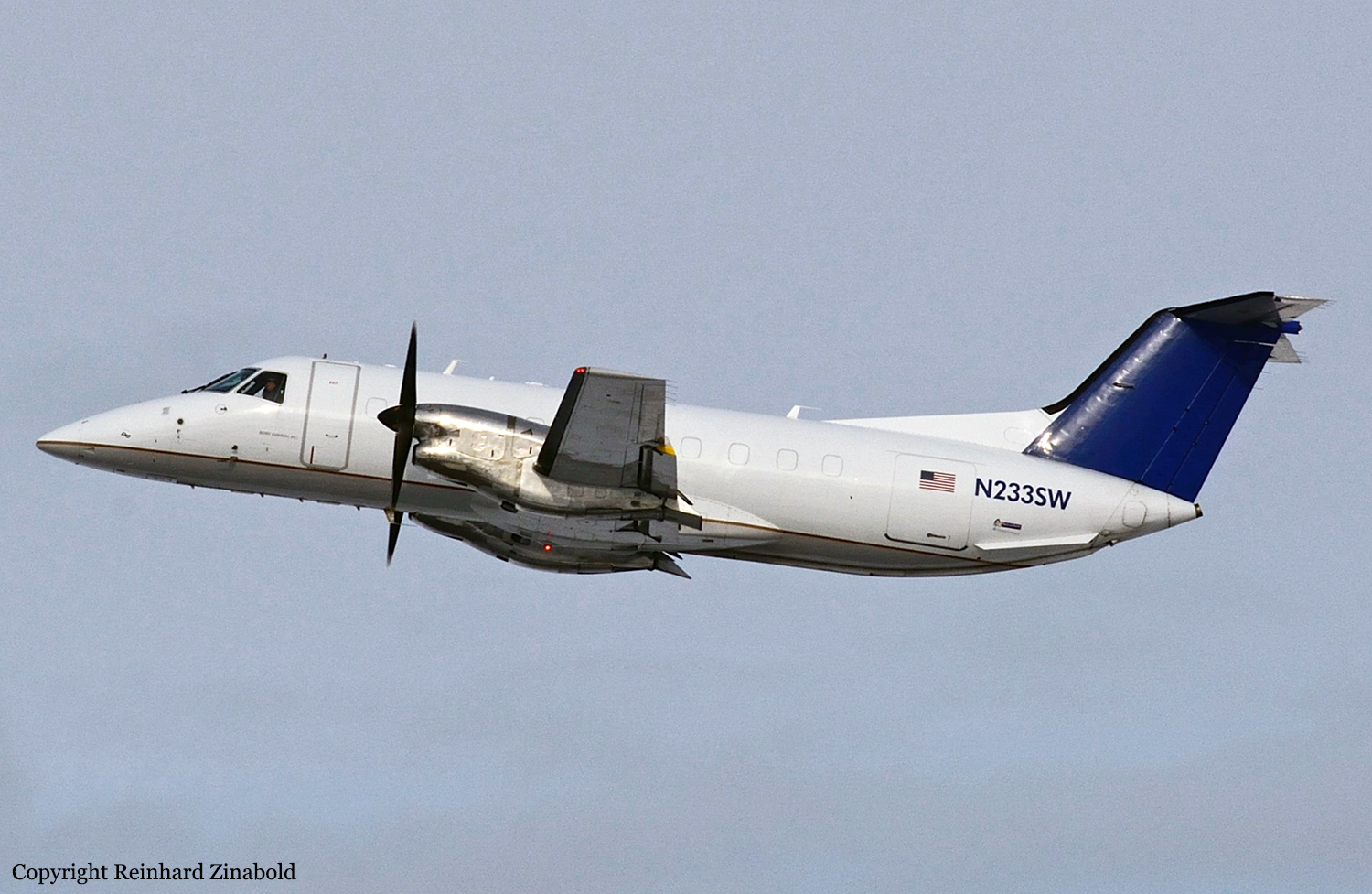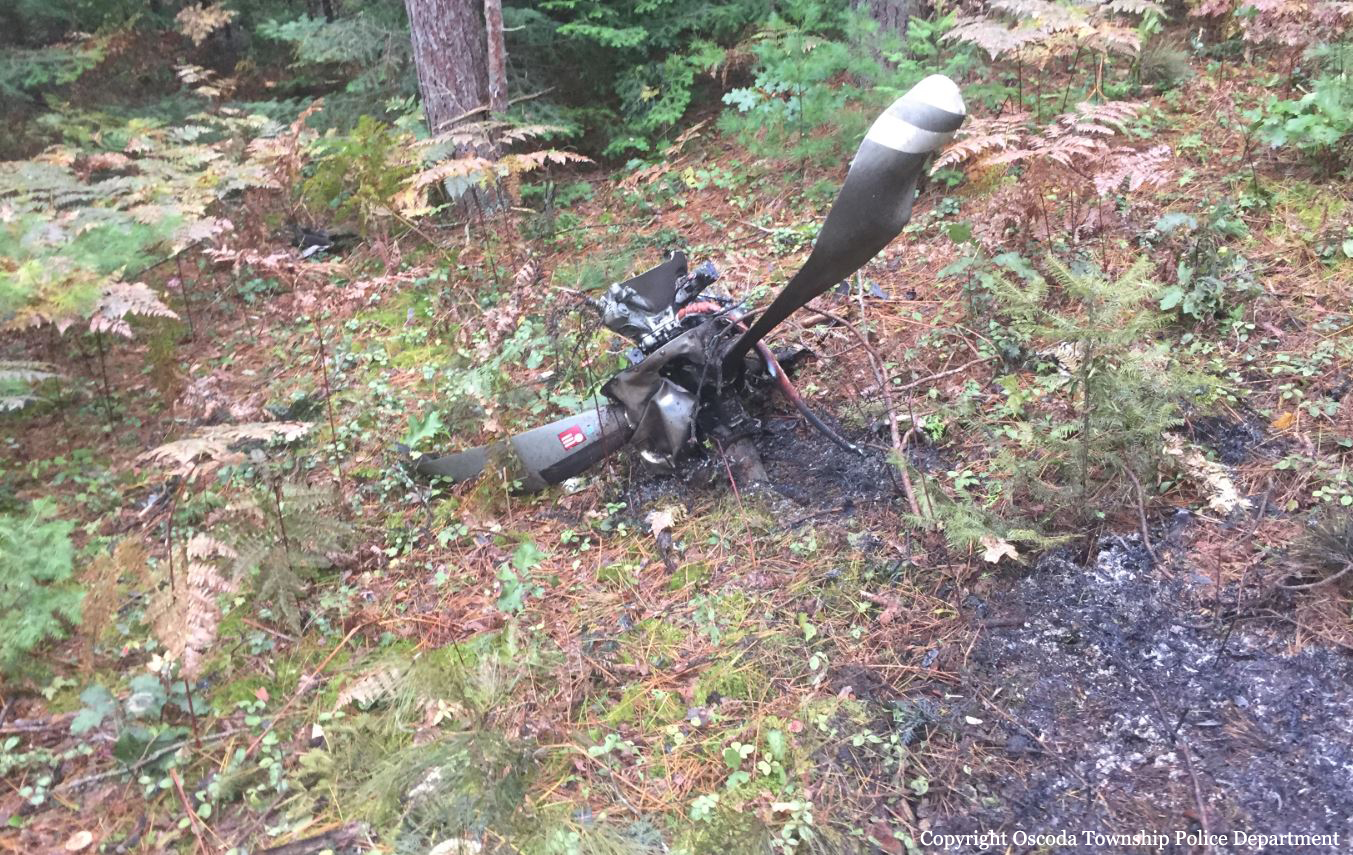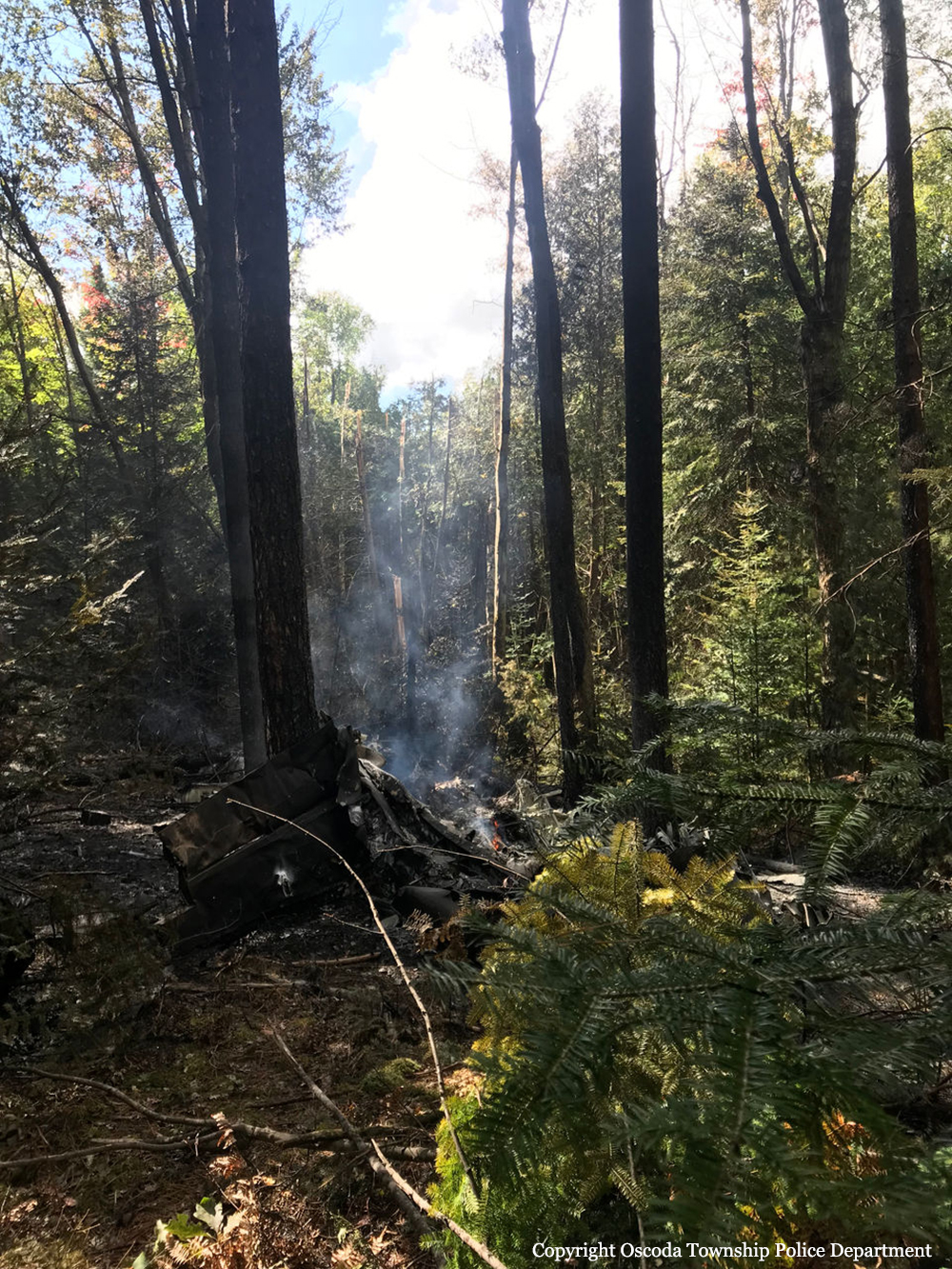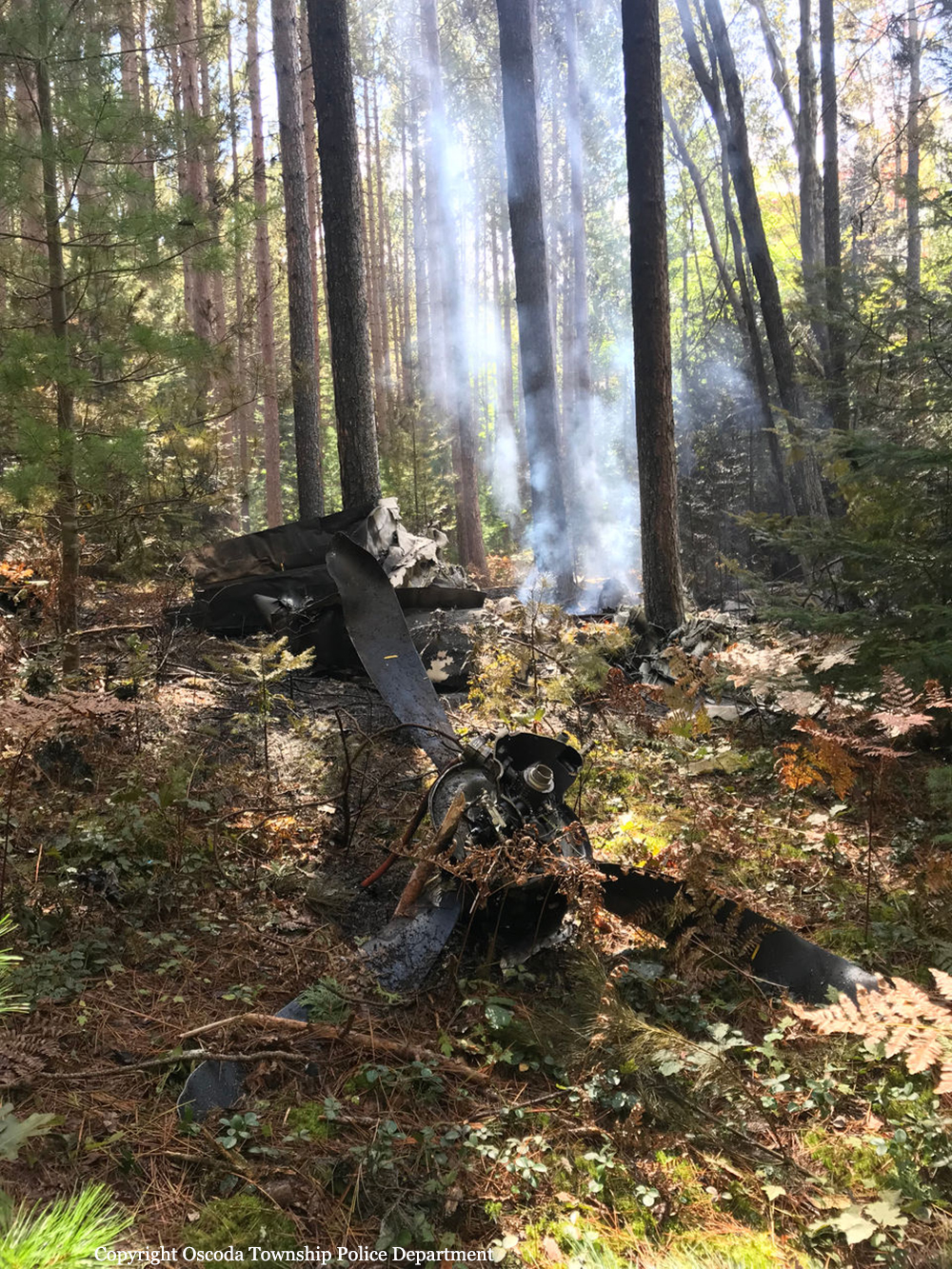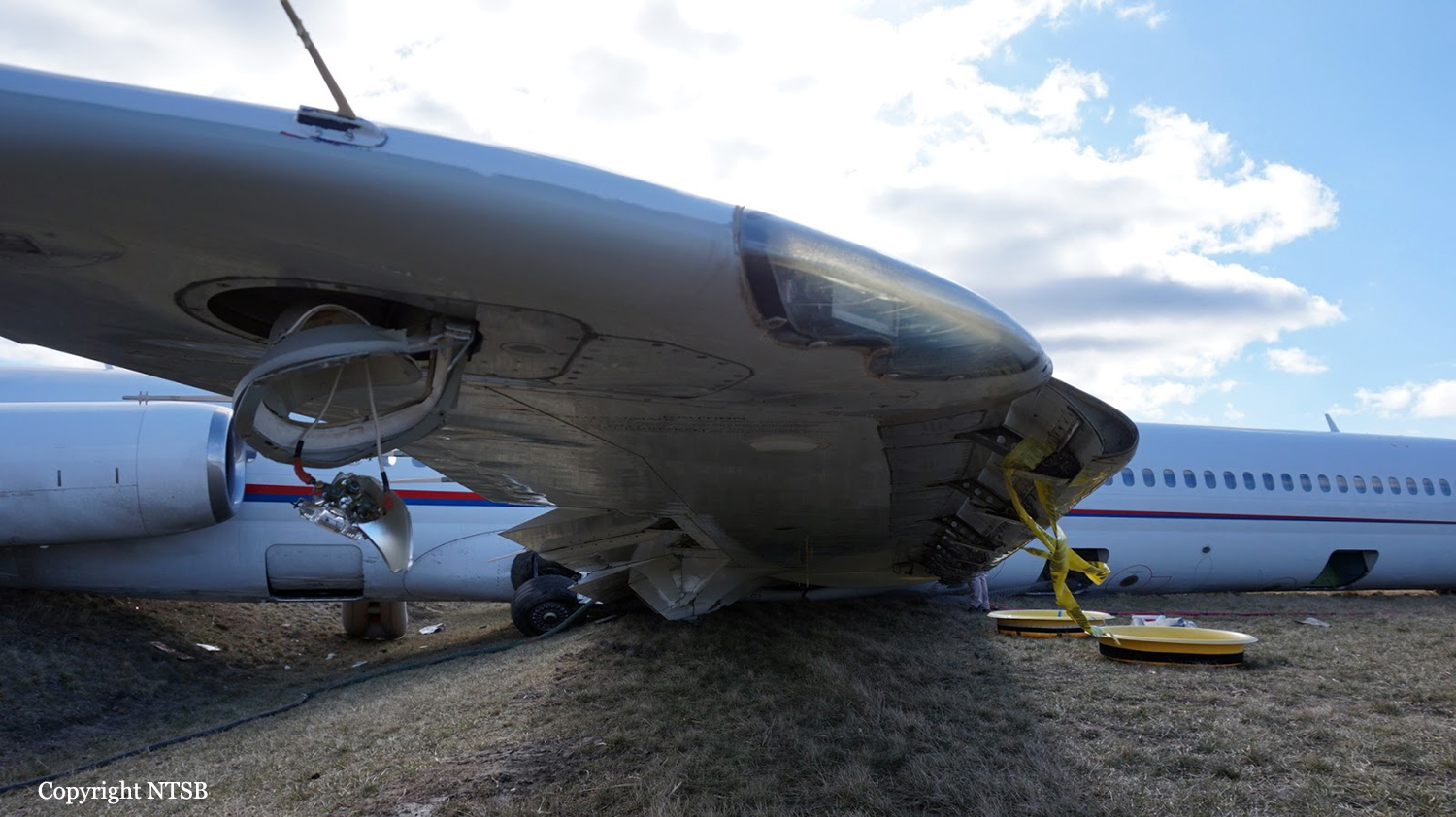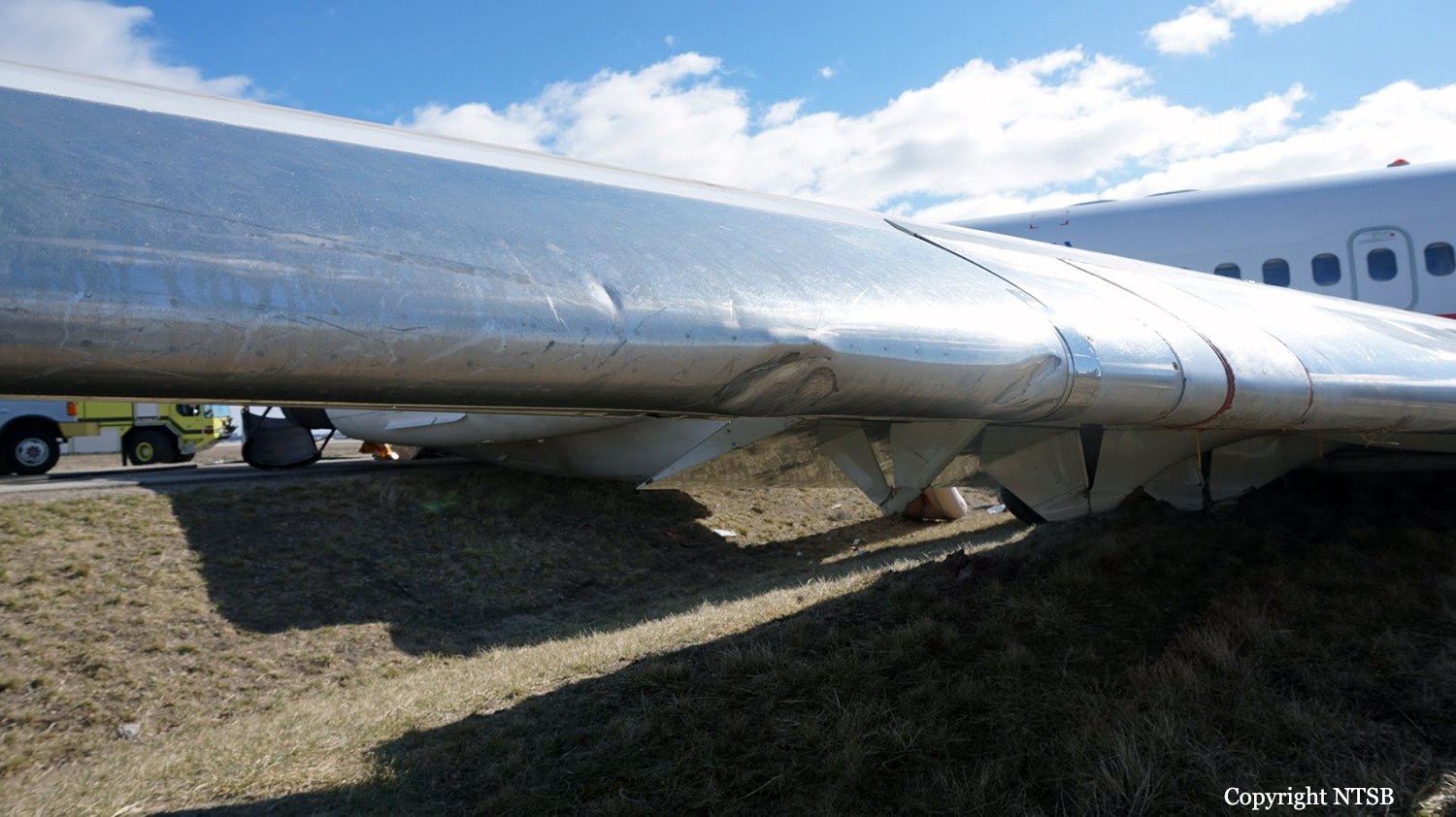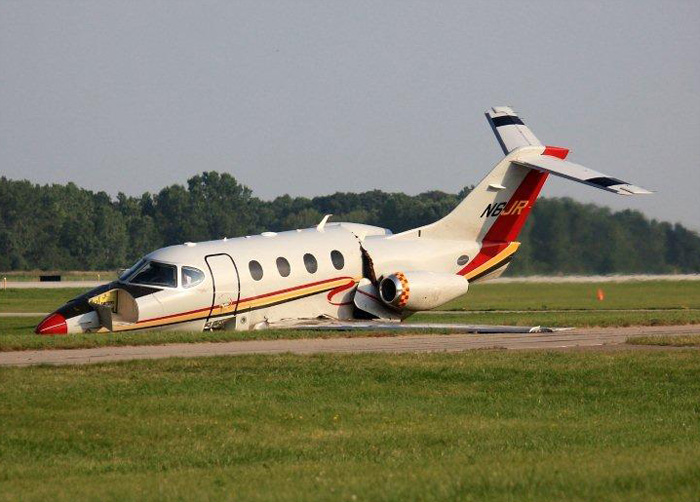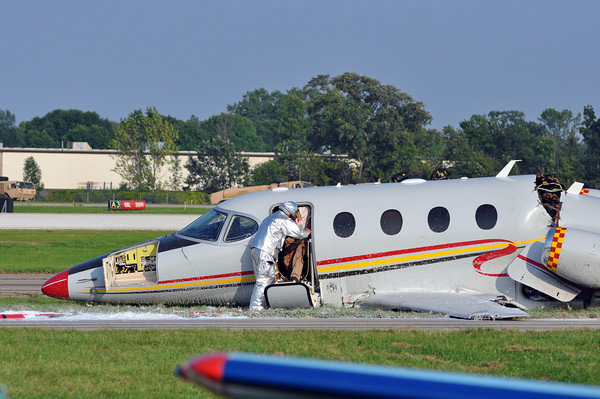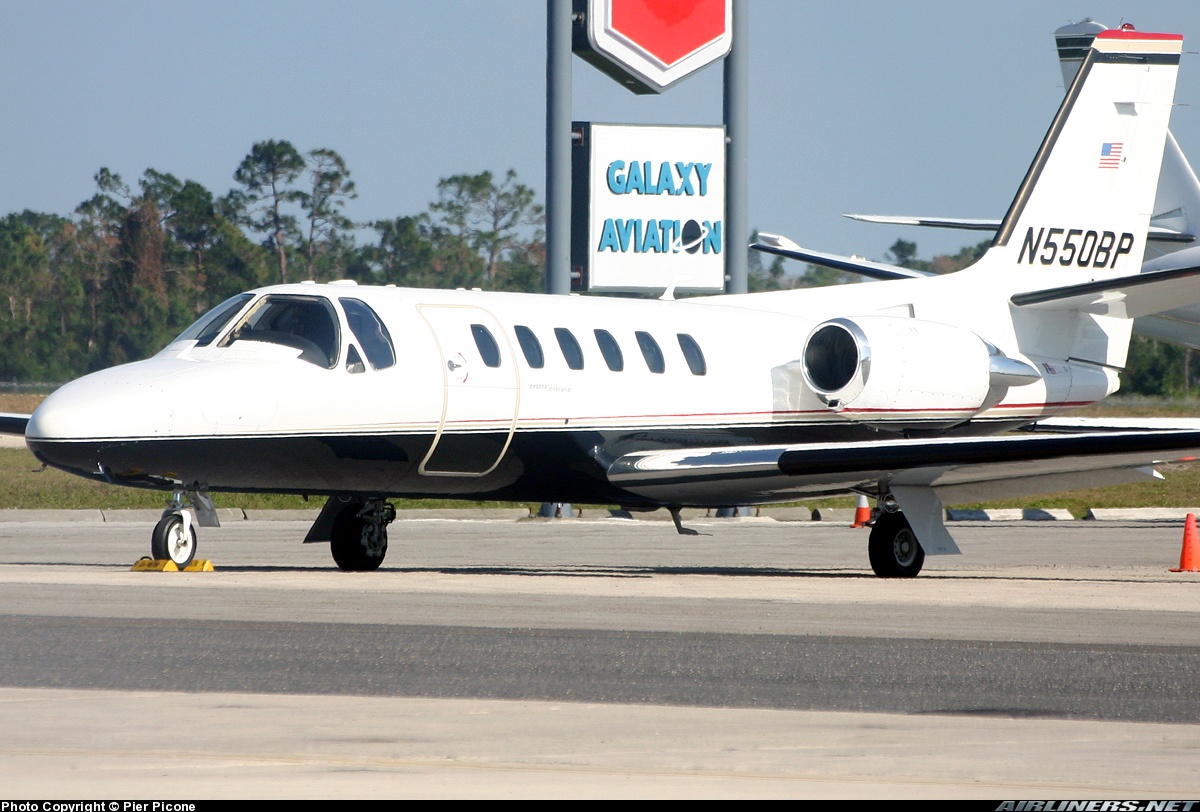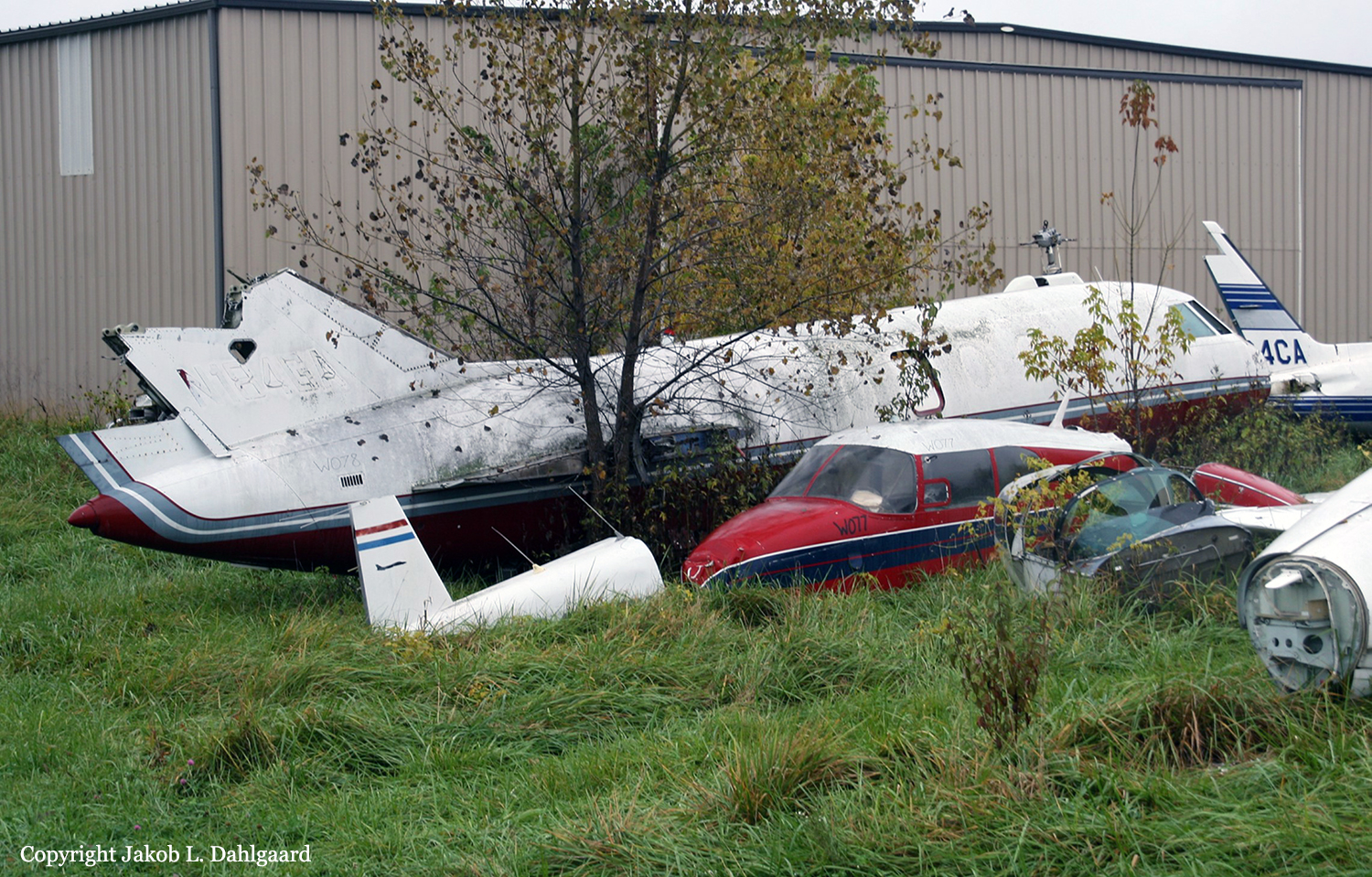Crash of a Piper PA-31-350 Navajo Chieftain in Middlefield
Date & Time:
Jan 18, 2023 at 0903 LT
Registration:
N101MA
Survivors:
Yes
Schedule:
Youngstown – Detroit – Minneapolis
MSN:
31-7752186
YOM:
1977
Crew on board:
1
Crew fatalities:
Pax on board:
5
Pax fatalities:
Other fatalities:
Total fatalities:
0
Captain / Total hours on type:
750.00
Aircraft flight hours:
17154
Circumstances:
While enroute in instrument meteorological (IMC) conditions, the pilot of the twin-engine, piston-powered airplane declared an emergency following a loss of power to the right engine. The pilot secured the engine and was provided vectors by air traffic control for an instrument approach procedure at the nearest airport, which he successfully completed. The pilot reported that he flew the approach and landing with the wing flaps retracted and visually acquired the runway about 500 ft above the ground. The airplane touched down on the first third of the runway at 120 knots. The pilot knew he would not be able to stop the airplane on the 3,500-ft long runway but committed to the landing rather than risking a single-engine go-around in IMC. After landing, the airplane continued beyond the departure end of the runway and impacted a berm, collapsing the landing gear and resulting in substantial damage to the airplane. Examination of the engine revealed catastrophic damage consistent with detonation and oil starvation. The damage to the No. 5 cylinder was consistent with a subsequent over pressurization of the crankcase, which likely expelled the crankshaft nose seal and the oil supply. Detonation of the cylinder(s) can create excessive crankcase pressures capable of expelling the crankshaft nose seal. The crankshaft nose seal displacement likely created a rapid loss of oil and the resulting oil starvation of the engine. The fractured connecting rod and high-temperature signatures were consistent with oil starvation. No source or anomaly that would result in engine detonation was identified. According to the Pilot’s Operating Handbook (POH) for the accident airplane, during a single engine inoperative approach, the pilot should maintain an airspeed of 116 kts indicated (KIAS) or above until landing is assured. Once landing is assured, the pilot should extend the gear and flaps, slowly retard the power on the operative engine, and land normally. The airplane’s best single-engine rate of climb speed (blue line) was 106 KIAS, and its minimum controllable airspeed with one engine inoperative (Vmca) was 76 KIAS. The maximum speed for full flap extension (40°) was 132 KIAS. The POH also stated that a single-engine go-around should be avoided if at all possible. The pilot’s decision to commit to the landing was reasonable given the circumstances and the guidance provided by the POH; however, it is likely that his decision to conduct the landing without flaps and the airplane’s excessive airspeed at touchdown resulted in the runway overrun.
Probable cause:
A runway overrun during a precautionary landing following a total loss of right engine power due to detonation and subsequent oil starvation. Contributing was the pilot’s failure to lower the flaps and the excessive airspeed at touchdown.
Final Report:





